14 Underrated 1980s Movies That Deserved to be Classics
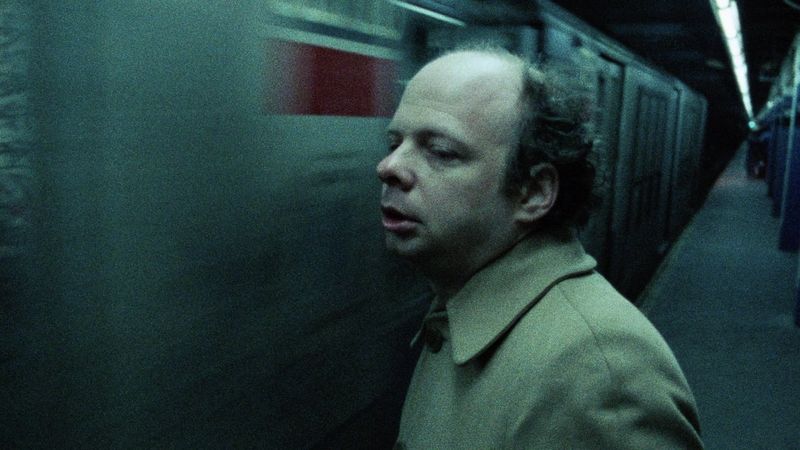
The 1980s produced some of cinema’s most beloved classics, but many incredible films got lost in the shuffle. While everyone remembers E.T. and Back to the Future, dozens of brilliant movies flew under the radar during that magical decade. These hidden gems offered everything from mind-bending sci-fi to haunting horror, yet they never received the recognition they truly deserved.
1. After Hours (1985)
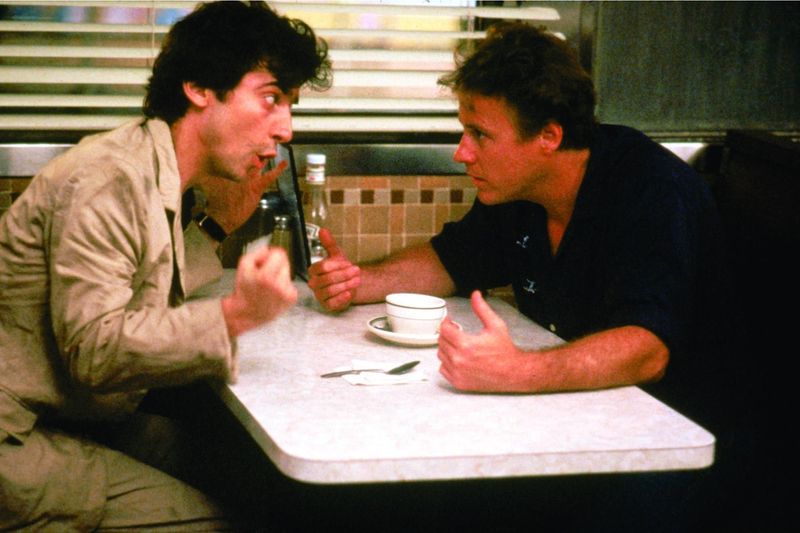
Martin Scorsese’s After Hours is one of the strangest yet most captivating films in his career. It follows a meek office worker whose late-night adventure in SoHo spirals into a surreal nightmare. The film perfectly captures the paranoia and absurdity of being trapped in an unfamiliar urban landscape.
Its dry humor blends with moments of genuine dread, giving it an offbeat energy unlike Scorsese’s more violent work. The eccentric characters Paul encounters turn New York into a labyrinth of madness. Despite being a financial disappointment, it won Scorsese Best Director at Cannes.
The tight editing and Kafkaesque story structure make it feel like a cinematic fever dream. It remains a fascinating look at alienation, masculinity, and city life. Today, it’s considered a hidden treasure that showcases Scorsese’s versatility beyond crime dramas.
2. To Live and Die in L.A. (1985)
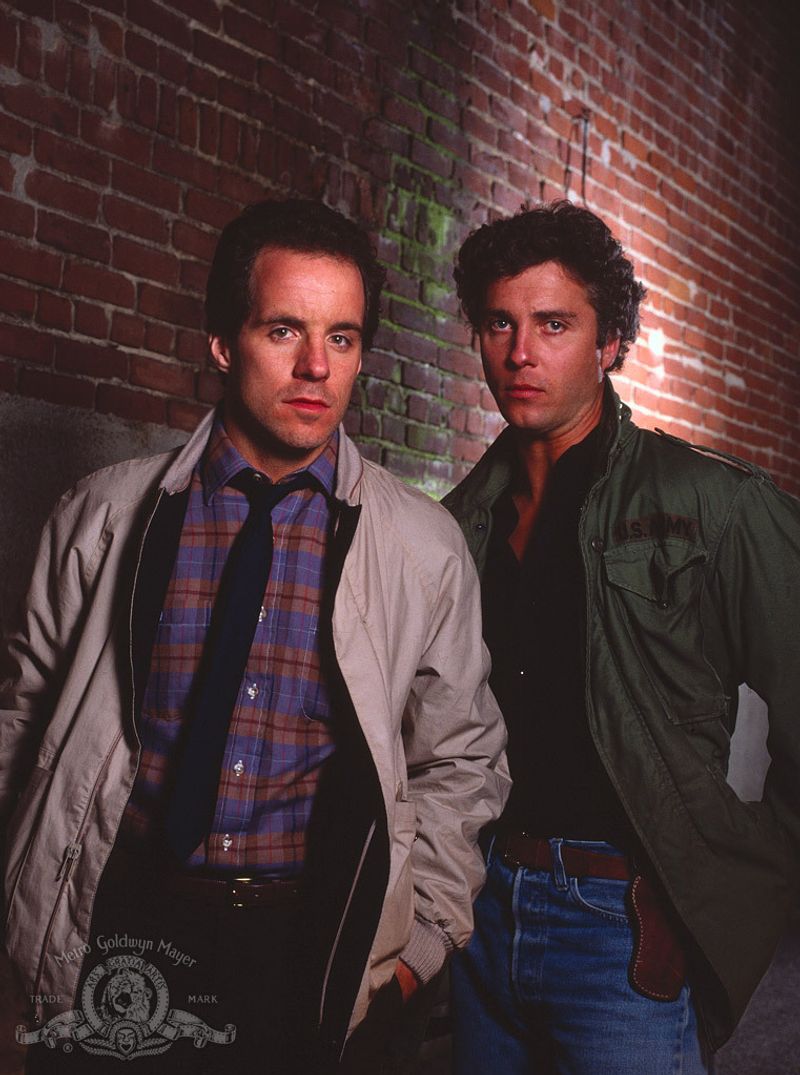
Few thrillers of the 1980s matched the reckless energy of To Live and Die in L.A.. Instead of polished cops and criminals, the film gives us morally gray figures willing to burn everything for obsession. Its story of a Secret Service agent chasing a counterfeiter becomes less about law and more about corruption and self-destruction.
Friedkin, still chasing the raw energy of The French Connection, stages a jaw-dropping car chase that flips the rules by running against freeway traffic. The Los Angeles setting isn’t glamorous—it’s drenched in sun but feels soulless, a maze of concrete and greed. Alongside the gritty visuals, the pulsing Wang Chung synth soundtrack gives the film a relentless momentum.
Audiences at the time didn’t know what to make of it, but critics recognized its daring style. It’s the kind of movie that refuses to give you clean heroes, only desperate people. In retrospect, it helped pave the way for the morally complex crime dramas that dominated the ’90s and beyond.
3. The Last Starfighter (1984)
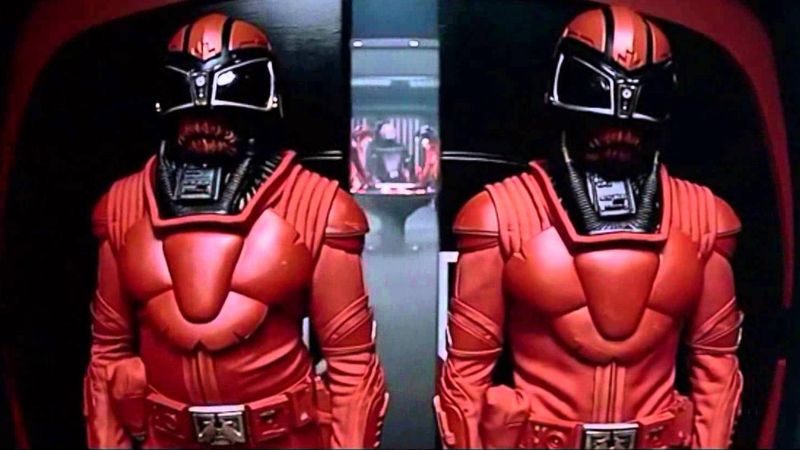
Before Hollywood made franchises out of video games, The Last Starfighter imagined a world where playing one could change your destiny. The film’s teenage hero becomes an intergalactic fighter pilot after proving his skills on an arcade machine, blending everyday suburban life with cosmic adventure.
It was one of the first films to use extensive CGI, pioneering effects that paved the way for future sci-fi blockbusters. While the technology feels dated now, it was groundbreaking at the time. More importantly, the story tapped into the universal fantasy of being “chosen” for something bigger.
Despite its originality, it was overshadowed by the likes of Star Wars and E.T.. Yet for those who discovered it, the movie struck a chord with its mix of heart and spectacle. Its cult following remains passionate, seeing it as a symbol of ’80s imagination. In many ways, it deserved to be remembered alongside the decade’s biggest sci-fi hits.
4. Near Dark (1987)
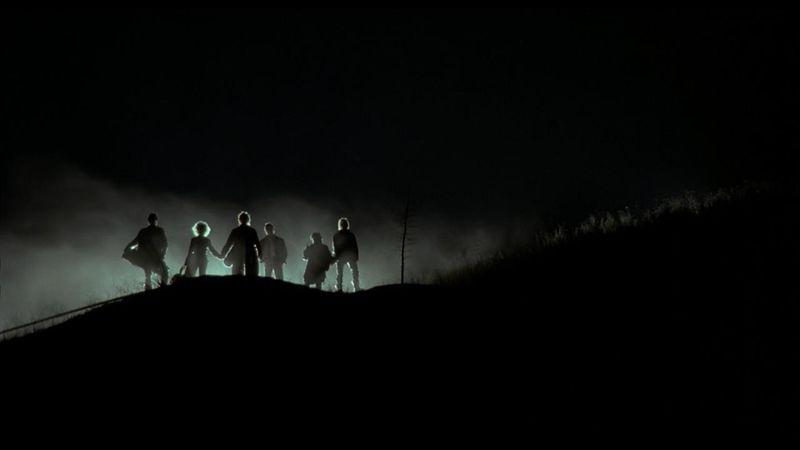
Kathryn Bigelow’s take on the undead traded Gothic castles for dusty highways and rural America. The result was a film that felt both familiar and entirely new, steeped in blood and loneliness. Its cast, many borrowed from James Cameron’s Aliens, gave the vampire family a menacing charm that was impossible to ignore.
The movie avoided camp, focusing instead on atmosphere and feral hunger. At the time, it was overshadowed by the flashier The Lost Boys, which captured teen audiences more easily.
But Bigelow’s film has aged into a moody masterpiece that influenced how later filmmakers portrayed vampires. Its refusal to glamorize immortality set it apart from the era’s pop approach. Today, it’s remembered as one of the most daring genre blends of the ’80s.
5. Time Bandits (1981)
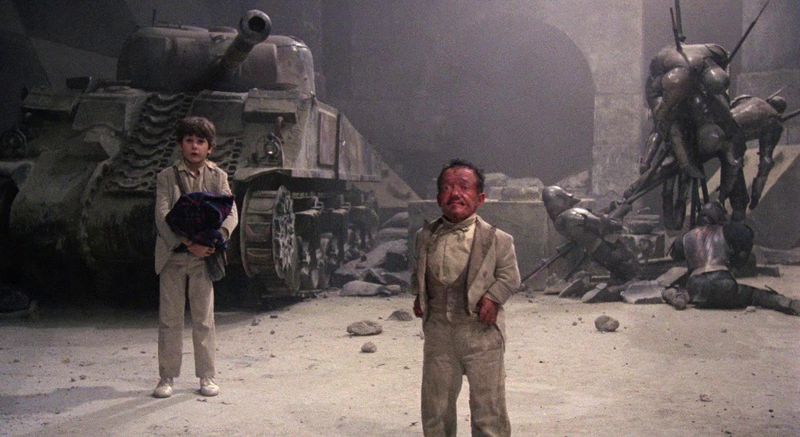
Directed by Terry Gilliam, the story follows a young boy whisked through time by a band of thieving dwarfs. Each stop along their journey offers a mix of history, absurdity, and dark comedy. Unlike most children’s films, it wasn’t afraid to get weird or unsettling, which gave it lasting power.
The production design overflowed with creativity, turning history into a series of fantastical playgrounds. Gilliam’s signature visual style, full of wide angles and surreal touches, was already in full bloom here. Audiences were divided, but kids who saw it never forgot its strange magic.
For many, it was their first encounter with a movie that didn’t talk down to them. That willingness to embrace the bizarre is exactly why it deserved a bigger place in cinema history.
6. Repo Man (1984)

A punk-rock sensibility pulses through every frame of Repo Man. The film follows a young punk who takes a job repossessing cars, only to stumble into a bizarre government conspiracy involving aliens. On paper, it sounds absurd, but director Alex Cox leans into the madness with a wink and a sneer.
Its dialogue is sharp, satirical, and often hilarious, mocking everything from consumerism to authority. The Los Angeles it depicts feels strange yet strangely authentic, like a city teetering on collapse. Emilio Estevez anchors the chaos with a surprisingly grounded performance.
While too offbeat for mainstream audiences, the movie quickly became a midnight favorite. It’s the kind of cult film that rewards repeat viewings with hidden layers of absurdity. Had it landed just a few years later, it might have ridden the wave of alternative cinema into classic status.
7. They Live (1988)
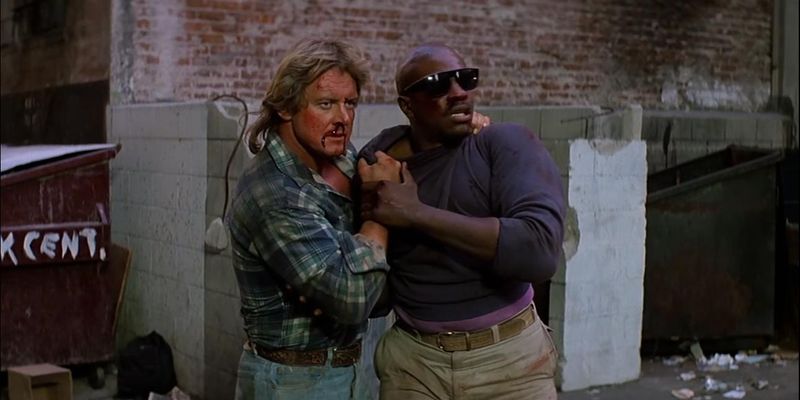
Sometimes the simplest ideas pack the biggest punch. They Live takes the story of a drifter who stumbles upon sunglasses that reveal hidden alien overlords controlling society. It sounds pulpy, but John Carpenter turns it into a razor-sharp satire of consumer culture and conformity.
The film’s imagery—billboards reading “OBEY” and “CONSUME”—has become iconic shorthand for anti-establishment commentary. At its core, though, it’s also an action film, complete with one of cinema’s most absurdly long fistfights. Carpenter blends humor and paranoia in a way few directors could pull off. Critics dismissed it as heavy-handed in its time, but its relevance has only grown.
Today, it feels prophetic, capturing anxieties about media manipulation and unchecked power. That combination of pulp fun and biting critique is exactly why it should have been recognized as a classic from the start.
8. My Dinner with Andre (1981)
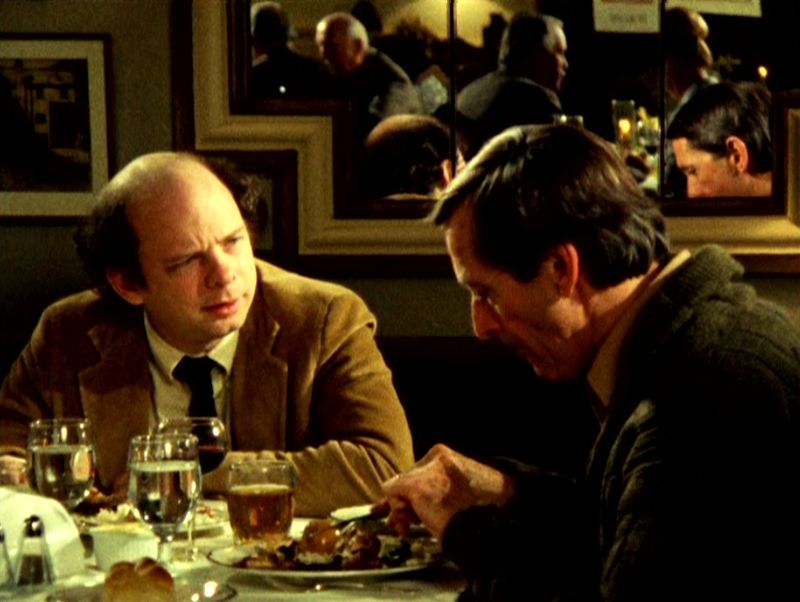
Two men sit at a restaurant and talk—that’s the entire premise of My Dinner with Andre. On paper, it shouldn’t work, but on screen it becomes a mesmerizing exploration of philosophy, art, and human connection.
Wallace Shawn and Andre Gregory, playing versions of themselves, bring such authenticity that it feels less like a movie and more like eavesdropping on a profound conversation. The film challenges traditional storytelling by stripping away plot, spectacle, and even action. What remains is dialogue that sparks reflection long after the credits roll.
For audiences used to fast-paced blockbusters, it was a hard sell. But for those willing to listen, it provided an intellectual and emotional feast. Over the years, it has earned a reputation as one of cinema’s boldest experiments in minimalism. Its quiet power proves that sometimes, words alone can hold an audience captive.
9. The Adventures of Buckaroo Banzai Across the 8th Dimension (1984)
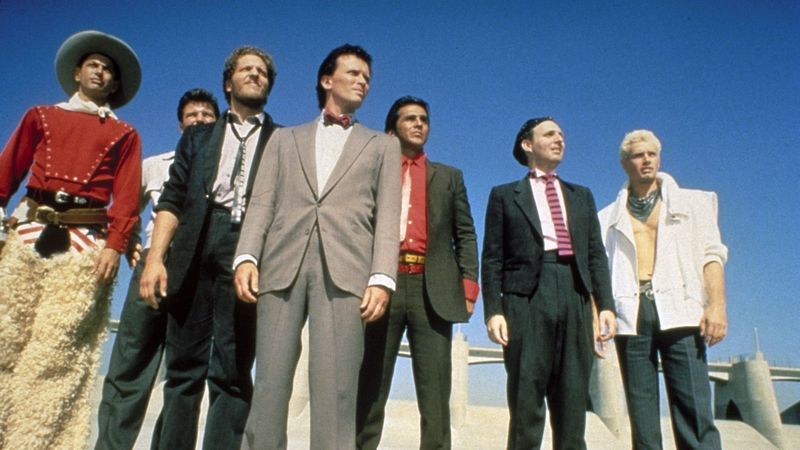
Part rock star, part brain surgeon, part interdimensional adventurer, its hero embodies everything and nothing at once. The movie throws science fiction, comedy, action, and romance into a blender, daring audiences to keep up.
It was too eccentric for mainstream viewers, who didn’t know how to categorize it. Yet within its strangeness lies a bold spirit of invention rarely seen in studio films. The ensemble cast, featuring Peter Weller, Ellen Barkin, and John Lithgow, commits fully to the absurdity.
Quotable lines and bizarre details make it endlessly rewatchable. For years, fans have clamored for a sequel that never came. Its cult legacy proves it deserved recognition as a classic rather than an oddity.
10. Something Wild (1986)
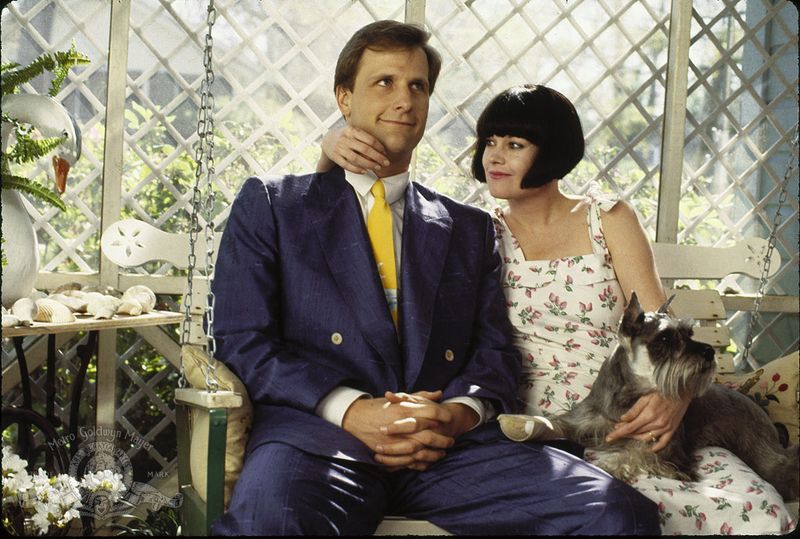
A quirky road movie quickly turns dangerous. What begins as a playful romantic comedy about a free-spirited woman dragging a buttoned-up man on an adventure shifts gears into a tense thriller. Jonathan Demme balances these tones masterfully, never letting the audience get too comfortable.
Melanie Griffith shines as the unpredictable lead, while Jeff Daniels delivers one of his most versatile performances. The movie captures the spirit of freedom but also the dangers lurking underneath. Ray Liotta, in an early role, adds genuine menace that changes the film’s course entirely.
This tonal daring was ahead of its time, confusing audiences who expected something more straightforward. Yet the blend of comedy, romance, and violence would later influence indie cinema throughout the ’90s. It’s a movie that deserved far more recognition for its bold risks.
11. Manhunter (1986)
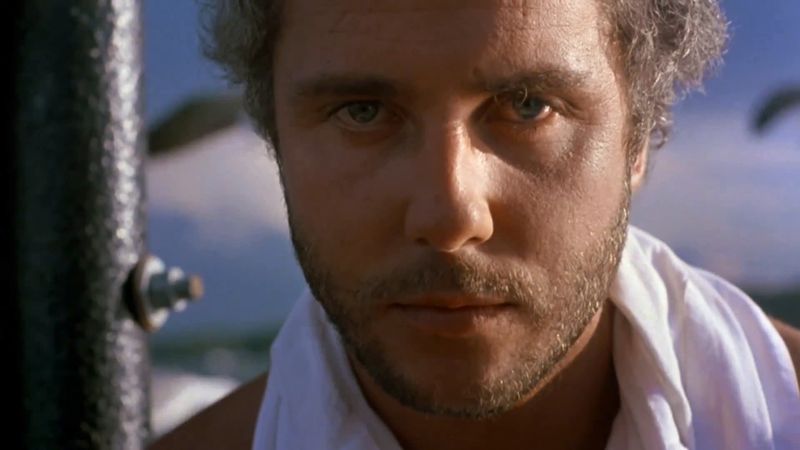
Long before The Silence of the Lambs made Hannibal Lecter famous, Manhunter gave audiences their first chilling glimpse of him. Michael Mann’s adaptation of Thomas Harris’s Red Dragon favored sleek style and psychological tension over gore.
The film’s icy visuals and neon palette set it apart from typical crime thrillers. Its focus on the mental toll of profiling a killer was groundbreaking for the genre. Brian Cox’s subtle take on Lecter is haunting in its restraint. At the time, it struggled to find an audience, overshadowed by flashier thrillers.
But its influence is undeniable, shaping the look and feel of countless procedurals that followed. The meticulousness of its craft made it a forerunner of prestige crime dramas. In hindsight, it’s one of the most important thrillers of the decade.
12. The Hidden (1987)
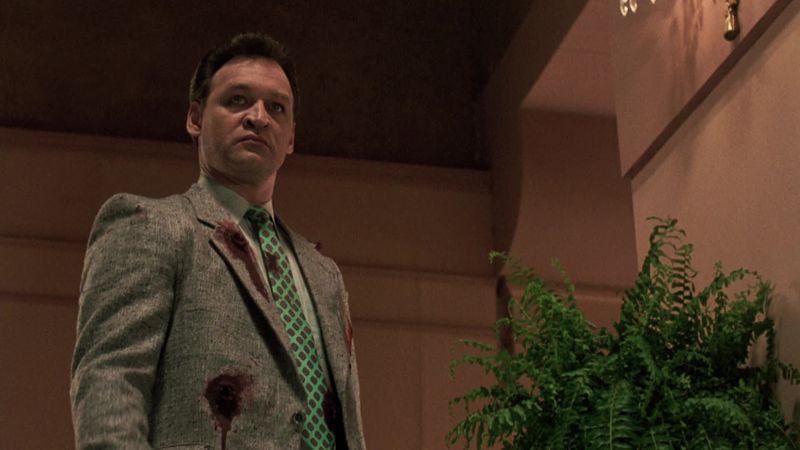
The Hidden tells the story of a body-hopping alien criminal chased by an FBI agent and his mysterious partner. On the surface, it’s a pulpy action flick with car chases and shootouts galore. Beneath that, it’s a sly commentary on greed and violence in 1980s America.
The alien possession gimmick gives the film a constant unpredictability, since anyone could be the villain at any moment. Kyle MacLachlan’s performance adds a layer of eerie charm that elevates the material. It was critically praised but never broke out commercially, buried by bigger releases.
Over the years, though, it has become a favorite for sci-fi fans seeking hidden gems. Its mix of smarts, style, and B-movie energy is exactly why it deserved classic status.
13. Valley Girl (1983)
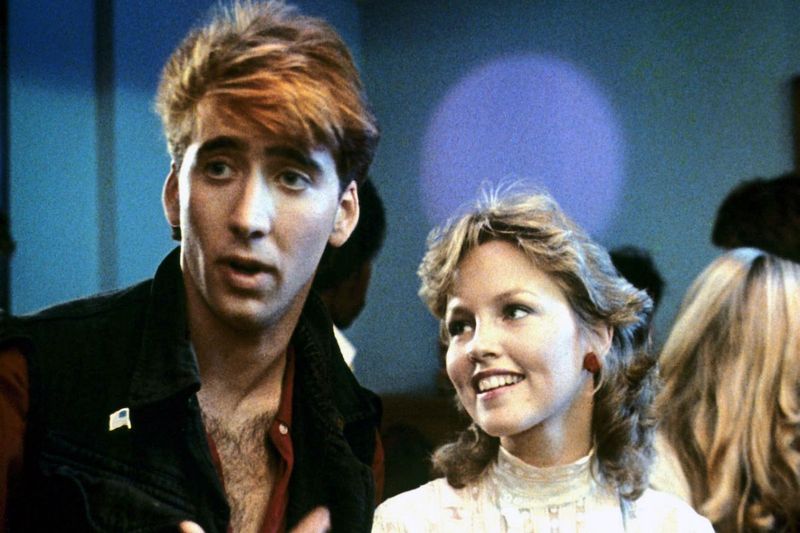
Nicolas Cage wasn’t yet a household name when Valley Girl hit theaters, but his offbeat charisma was already undeniable. The film reimagined Romeo and Juliet through the lens of 1980s teen culture, pairing a punk from Hollywood with a pastel-clad valley girl.
Unlike many teen comedies of the era, it treated its characters with warmth and complexity. The dialogue captured the slang and rhythms of the time without turning them into a joke. Martha Coolidge directed with sensitivity, balancing satire and sincerity. Its soundtrack, packed with new wave hits, made it even more irresistible.
Unfortunately, it was overshadowed by Fast Times at Ridgemont High, which stole the spotlight. Still, it offered a more heartfelt take on teenage romance. In retrospect, it deserves far more credit for shaping the teen movie landscape.
14. Withnail & I (1987)
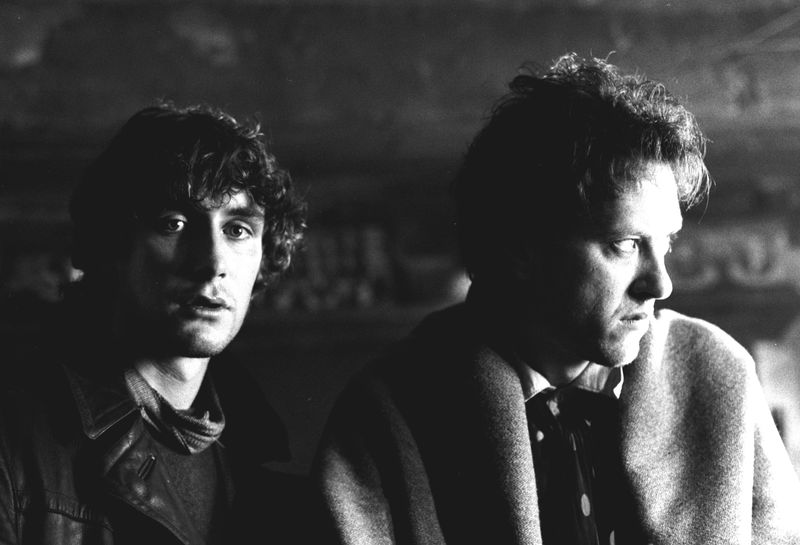
Two out-of-work actors drowning in booze and self-pity might not sound like the makings of a great comedy. Yet Withnail & I turned that premise into one of the darkest, funniest portraits of failure ever put on screen. The dialogue sparkles with wit and despair, painting a vivid picture of lives going nowhere fast.
Richard E. Grant’s performance as the flamboyantly miserable Withnail is a masterclass in tragicomic acting. The film’s humor is undercut by the quiet sadness of wasted potential. In Britain, it struck a chord with audiences who saw the truth behind the laughs.
In America, it struggled to find the same recognition, remaining a niche import. Its themes of friendship, futility, and fleeting youth are universal, though, and they resonate more with time. Today, it stands as one of the sharpest cult comedies ever made.

Comments
Loading…